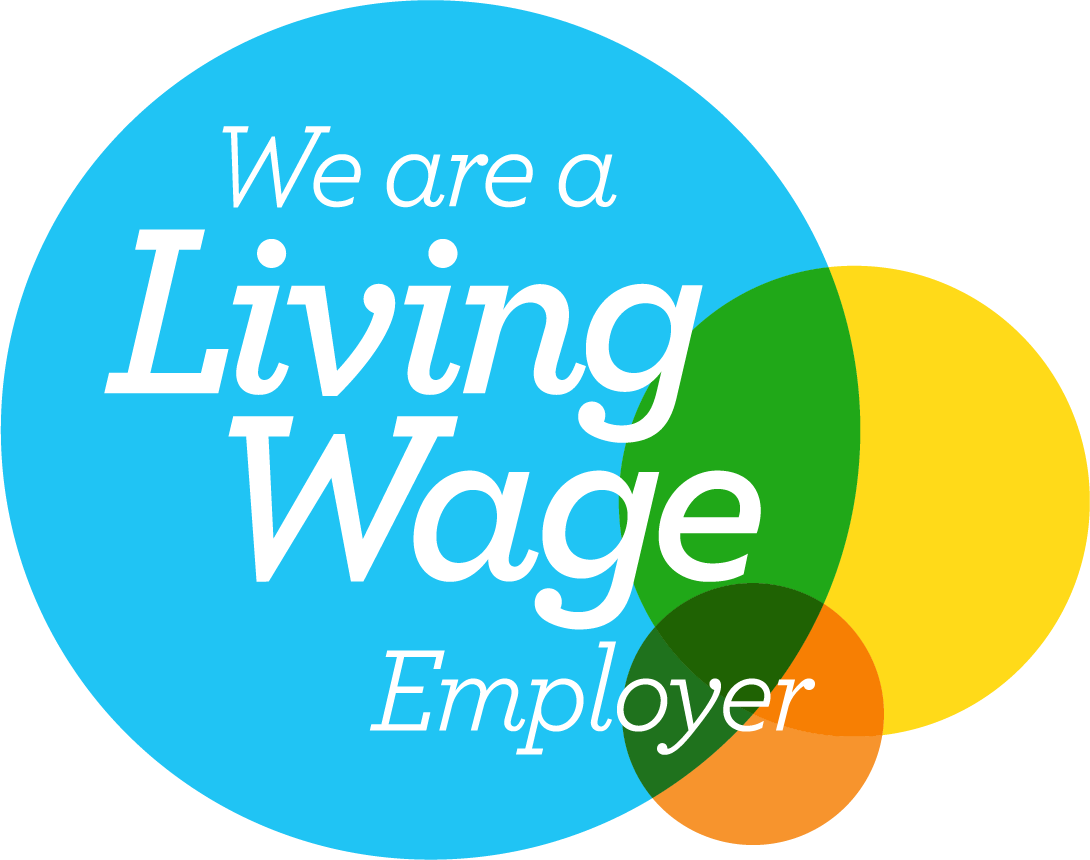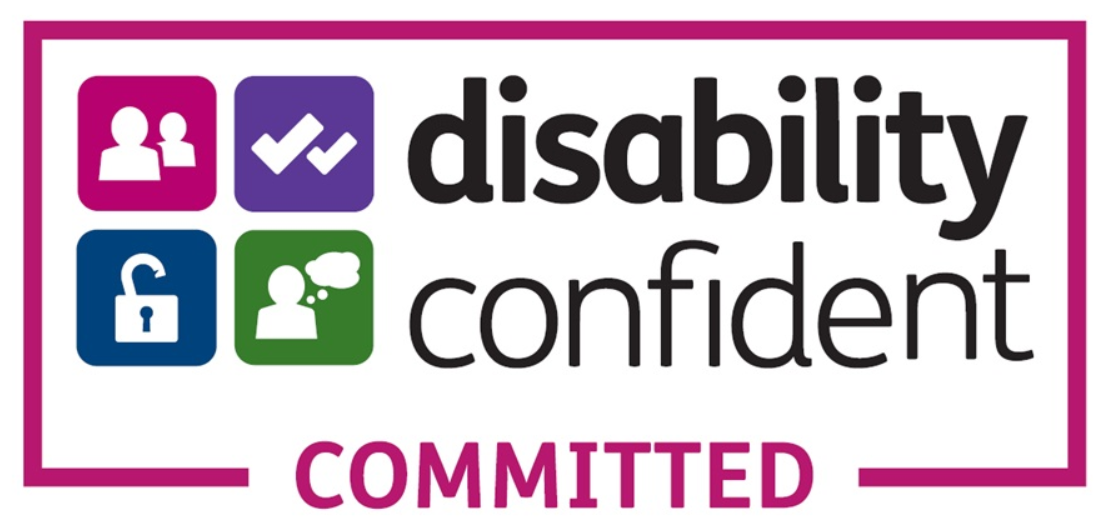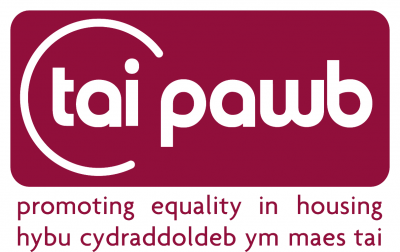Tai Ffres – International Social Housing Festival in Helsinki
06 Jul 2022
Tai Ffres
By Amanda Oliver, Project Manager for Tai Ffres

“Finland is the happiest place in the world (for the fifth time) according to the World Happiness Report. And, from the five days that I spent there for the International Social Housing Festival at the beginning of June, I can understand why.
Ok, so the weather helped. As the rest of Europe was experiencing its first heatwave of the summer, Helsinki was bathed in lovely warm sunshine. Warm, but not oppressively hot as the other European capital cities were experiencing. One of the reasons for this, apart from being so far north, was the care in the planning – wide open streets, open public spaces and little traffic.
And planning seems to be at the heart of the learning that I took from the International Social Housing Festival.
Helsinki, like other places, has minimum percentage allocation for building social housing. In their case, 30% of housing developments are given over to social housing, but the numbers are only the start.
The social housing isn’t wedged in at the end of the development or greyed out on development plans for potential homeowners – it’s truly mixed in with the other forms of housing being developed, whether that be for private rent or sale.
Planning also means that the architects for the different elements of the development have to collaborate, liaise and design and build in accordance with the neighbouring projects – leading to what I think is harmony in design, and the social housing doesn’t stand out as being “different”.
Planning is a key element in ensuring everyone has access to the infrastructure. From what I could gather from my visit to Kalasatama and Jätkäsaari, metro, tram and bus links were in place before homes were built. Schools, shops and open spaces are at the core of developments, built ahead or at the same time as the homes are in development, and not at the end; arguing here around developers’ responsibilities in spending the Section 106 monies.
Why is it so different then?
In my opinion, it comes from the progressive, social inclusion model that Finland, and other European countries have adopted. If we give access to good quality, well designed accommodation to all, then we (in the current UK Government parlance) “level up” everyone.
Much of the approach to the development of housing and communities is devolved to the local municipality or city region level – with all parties required and wanting to be around the table in their city-region planning bodies.

It helps that there is a progressive approach to the finances. Administrated by ARA, Housing Associations and Municipalities can apply for grants, subsidies and loan guarantees from ARA to fund housing construction, purchase, and renovation. Not only are the loans government backed by ARA, ARA will only guarantee loans with the most competitive terms (lowest interest rates etc.), driving down the costs further.
Since the global financial crisis, ARA guarantees have been extensively used to source low-cost private-loan finance via the special purpose financial intermediary called Munifin which is owned by the Finnish municipalities.
There are subsidies galore for the development of social housing in Finland – both in supply side (state guaranteed loans, additional grants for building accommodation for the most disadvantaged), and the in-demand side (universal access to housing benefit).
It helps that there is access to relatively affordable land. 70% of the land in Helsinki is owned by the municipality. The city also isn’t afraid to knock down and start again with their social housing offer.
A development that I visited as part of the festival was in a suburb of Helsinki that was undergoing a redevelopment of their original 1950’s social housing. There had been a realization that what had been built previously wasn’t fit for its current purpose and could be improved, as well as increasing the number of homes available on the site – but crucially, not at the expense of the levels of social housing available.
Beneficially, social housing in Finland is not stigmatized. Anyone can apply for social housing and priority is based on income and need, but because they’re building so much of it…. (and at a good quality), no one is dissuaded from applying.
There are even specific housing associations for students, managed in conjunction with the local universities. This means that students can access good quality affordable housing with state subsidy, so they don’t have to work to pay for their accommodation and therefore compromise their education opportunities.
This is of course without mentioning their general approaches to youth housing and homelessness. NAL (their national youth housing association) celebrated their fiftieth birthday at the festival (the inspiration behind the Tai Ffres model that we’re developing here in Wales) and their revolutionary Housing First Model is now developing into Housing First 2.0 (watch this space…) addressing the issues of hidden homelessness in the country.
I’m not saying that there isn’t a housing crisis in Helsinki, but it seems that there is a proactive, progressive approach to tackling it head on.
Finland is an inspiration to social housing, development and planning. It certainly inspired me.”







